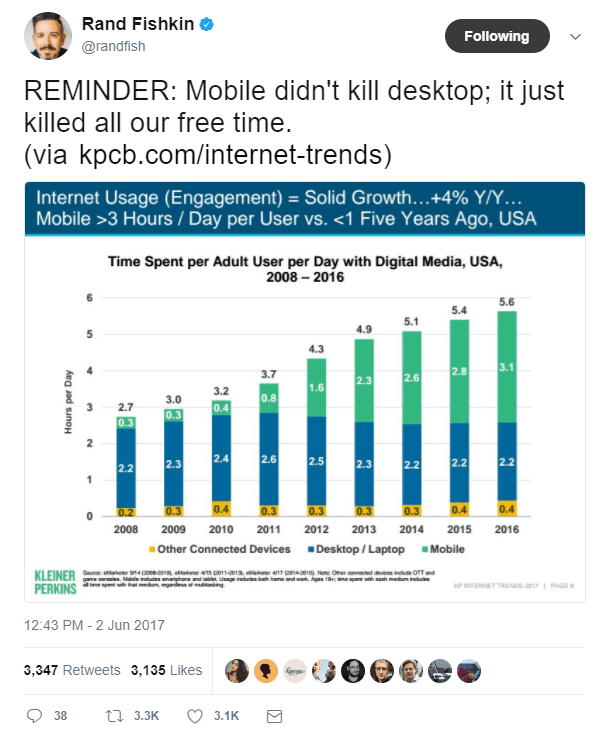
All of Google’s Recent Changes to the Mobile SERP
For years Google has been making it clear that mobile-first is the way forward. The whole idea behind the mobile-first ethos is that traffic is moving to mobile devices from desktop, so websites should be built for mobile first, not as an afterthought.
However, as Rand Fishkin has pointed out multiple times, “mobile didn’t kill desktop, it just killed all our free time.”
Yep: I still spend at least 8 hours a day, 5 days a week (some weeks, more than that) in front of a desktop computer. And you can add all my mobile hours on top of that.
In any case, Google is hyper-focused on innovating in the mobile space to keep both Google users and AdWords advertisers happy.
Here are all the recent changes Google has made to the mobile SERP, including new (and lost) features in both the organic and paid results.
Goodbye, Google Instant
Google introduced instant results way back in 2010, a feature that loaded results as you were typing, rather than waiting for you to finish typing the query and hit enter. It seemed crazy at the time, but we all got used to it.
Check out the video below for an illustration of how the feature worked (“you won’t see it till you actually believe it!”):
Seven years later, Google is dropping the instant feature, implying that that the instant experience is less that satisfactory on mobile. A spokesperson told Search Engine Land:
Many more of our searches happen on mobile, with very different input and interaction and screen constraints. With this in mind, we have decided to remove Google Instant, so we can focus on ways to make Search even faster and more fluid on all devices.
Note that Google suggestions aren’t going anywhere.
Sitelink carousels
Google has started displaying sitelinks (in both organic and paid results) in a carousel format, allowing users to scroll through the sitelinks from left to right. (Carousel all the things!)
Here’s how it looks for organic sitelinks:
And here’s how it looks for sitelink extensions in a paid search ad:
(In the past, carousels picked up a reputation as bad, user-unfriendly design, but the data doesn’t necessarily support that view.)
Showcase shopping ads
Google’s new showcase shopping ads are another example of the carousel format in action. These new shopping ads are only available in the new AdWords UI and are eligible to show for broad, non-branded, commercial searches (such as “summer dresses” or “new laptops”) above the paid search ads and alongside product shopping ads at the very top of the SERP.
Purchases on Google
Also available (in beta) in the new AdWords UI: Purchases on Google, which allows users to buy your products right from the SERP. (Currently, however, only users with an Android device and Google Wallet will have the option.)
Call and other advanced bid adjustments
Yesterday, Google announced that it is rolling out call bid adjustments, “which allow you to control how often the call option appears with your search ads.” Google recommends using these for ads where calls are more important to your business than clicks to a landing page:
For example, if you’re a travel advertiser, you may see higher order values from calls because it can be easier to cross-sell rental cars, group tours and other vacation add-ons during a live conversation. Raise your call bid adjustments to show call extensions more frequently and drive more of these high-value call conversions.
This is yet another enhancement available in the new AdWords interface; according to Mark Irvine, it greatly simplifies the management of your bid adjustments.
Google’s early testers of call bid adjustments have seen increases in call volume paired with decreases in costs.
New mobile extensions: Promotion and Message
Google has recently released two new ad extensions that are only available on mobile devices: promotion extensions and message extensions.
Promotion extensions, currently in beta, will show a noticeable price tag icon beneath your ad and highlight a sale on your website. Additionally, you can specify details around your promotion, such as whether it’s for a special occasion or holiday, any minimum order values, if it requires any promo code at checkout, as well as when the sales ends.
Extensions are known for increasing ad CTR, but WordStream clients have found particularly awesome performance with this new extension type:
Learn more about how to use them here.
Addicted to texting? Message extensions provide a way for your prospects to send you a text message right from the mobile SERP:
Five WordStream clients using this feature in beta saw CTR improvements from message extensions, averaging 50% higher CTR than the mobile ad alone.
AMP ads and landing pages
AMP, short for accelerated mobile pages, was introduced in 2016 as a competitor to Facebook instant articles. At Google Marketing Next in May, Google announced the introduction of AMP ads and landing pages, claiming that display ads on AMP load up to 5x faster.
Good news for the extremely impatient among us.
Vertical-focused ads (home service, spa/salon)
In 2017 Google has introduced or expanded access to several new mobile ad types that are available for specific industry verticals. Home services ads are now available in five metro areas, and salons and spas can now allow users to book an appointment through the Reserve with Google feature and well as via search and maps.
AdMob revamp
If we’re talking mobile, we can’t forget about apps, can we? Also in 2017, Google announced a complete rebuild and relaunch of AdMob, its in-app ad platform. According to G:
AdMob was built to support the app ecosystem. With over 1 million apps across iOS and Android, AdMob has paid over $3.5 billion in ads revenue to developers. But there’s more we can do to help you succeed.
Today, we’re introducing a completely redesigned AdMob. Rebuilt from the ground up, AdMob is now simpler to use and delivers richer insights about your users’ in-app experiences.
Do you care about mobile yet?
These are just the changes Google is committed to – plenty of users report seeing various tests in the Google mobile results, such as display URLs appearing ABOVE the ad headlines instead of below and new filters in mobile map results. Then there’s “THE FEED,” currently available in the Google app but coming to Google.com soon.
Who knows what further changes are coming to the mobile SERP?
What other new features have you noticed? Are you thinking mobile-first yet? Will you ever?


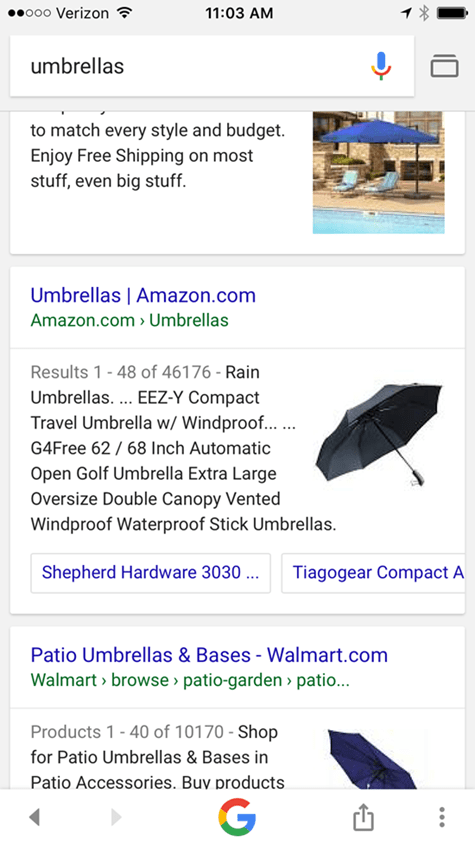
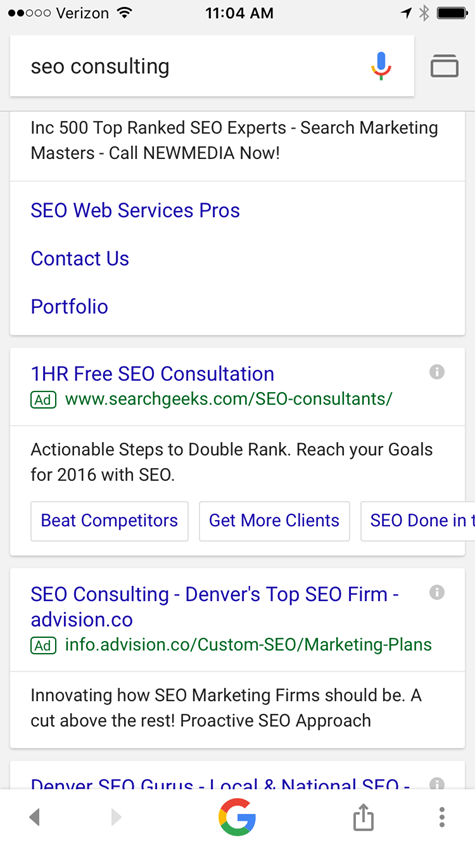
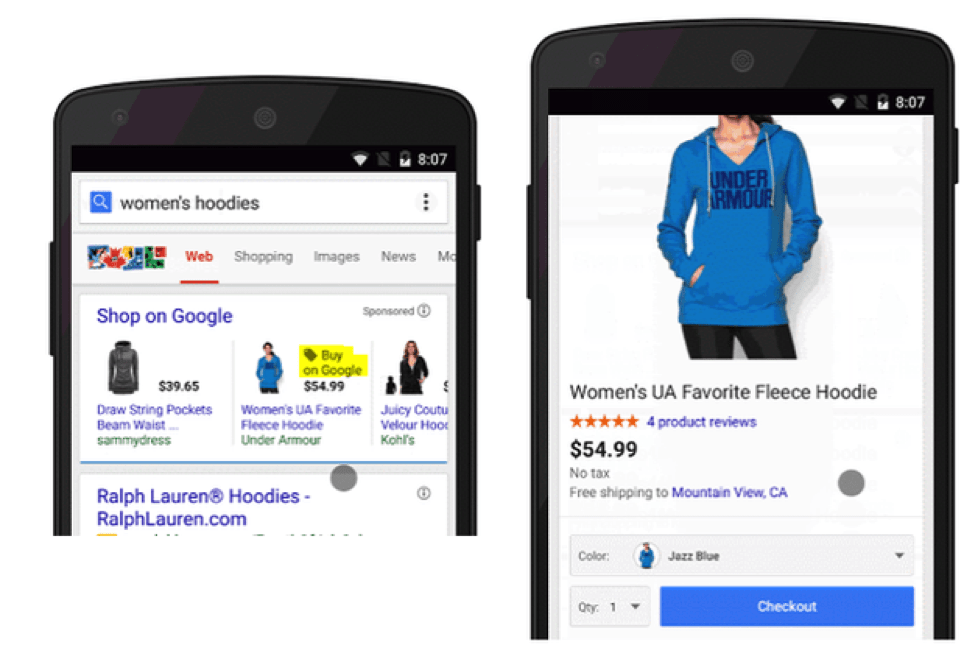
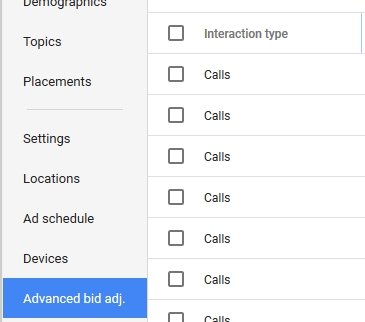
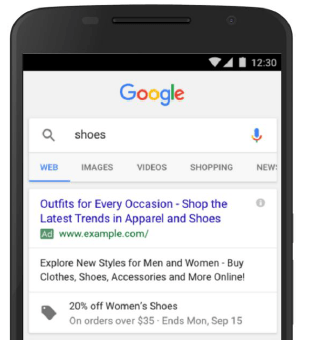

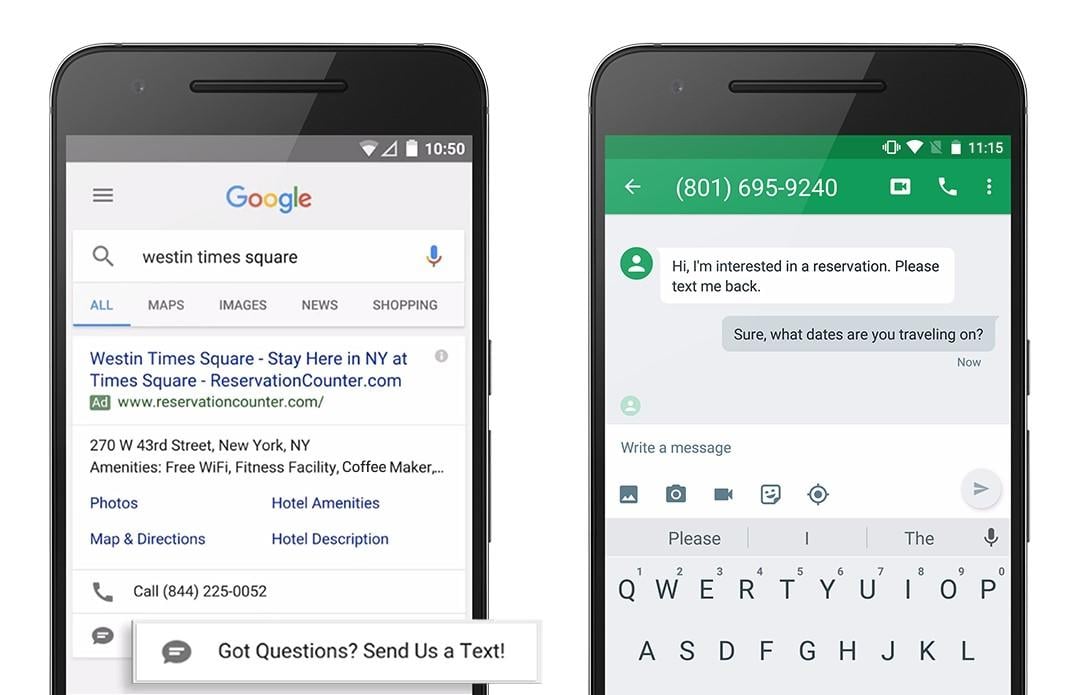
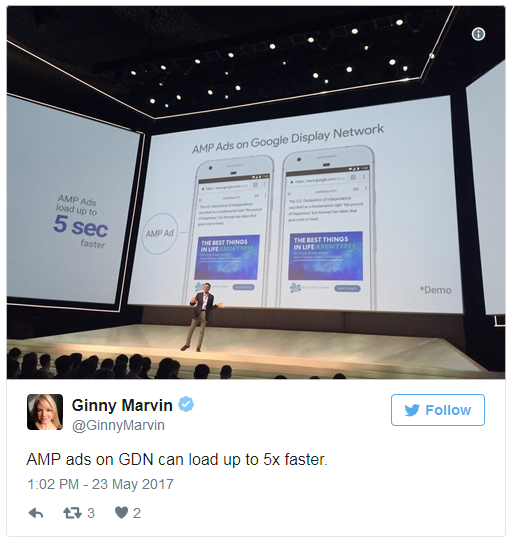
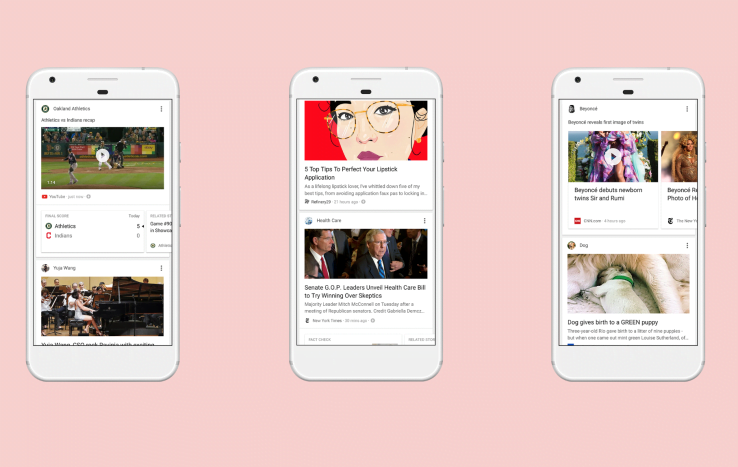







Comments
Please read our Comment Policy before commenting.